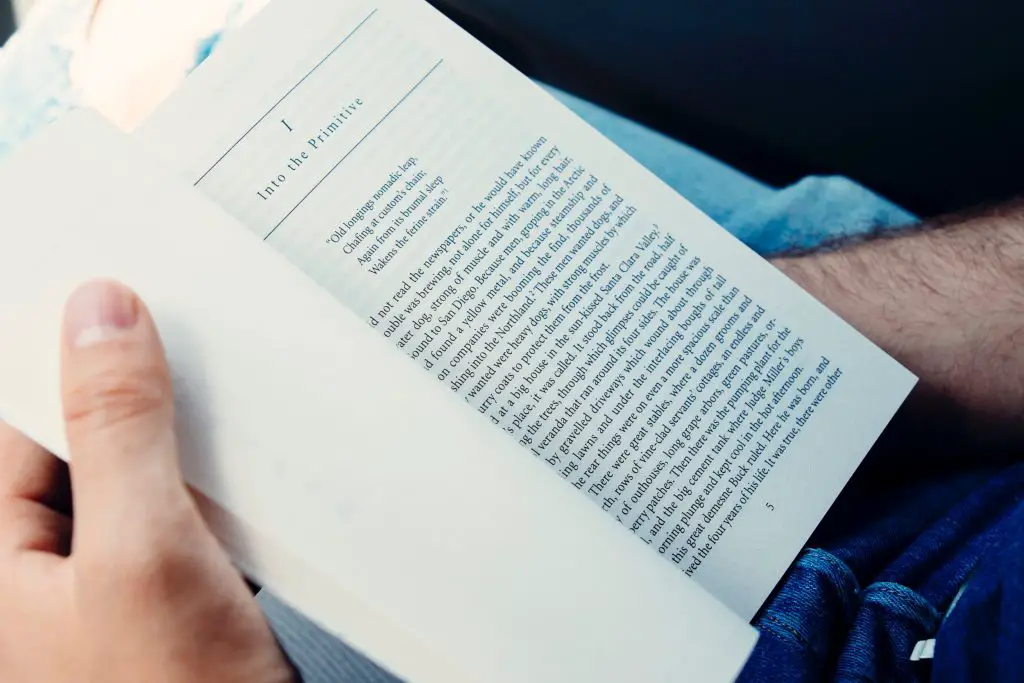The Blog post contains the following IELTS Reading Questions:
- IELTS Reading Summary Completion
- IELTS Reading Multiple Choice Questions
- IELTS Reading Table Completion
Unlock your full potential in the IELTS Reading section – Visit our IELTS Reading Practice Question Answer page now!
Recommended Questions:
Renewable Energy IELTS Reading Question with Answer
IELTS Reading passage – An Insanely Dangerous Activity

An Insanely Dangerous Activity
Agnes Milowka was one of the foremost cave divers in the world. Female, photogenic, and experienced, she had gained international recognition for her exploratory work in many underground caverns around the world. In early 2011, she entered Tank Cave, near Mount Gambier, a seven-kilometre maze of narrow tunnels – yet ones she had explored many times before. Deep inside, she parted company from her dive buddy to explore a tight passageway through which only one person could pass. What happened next will never be exactly known, but the nature of the cave suggests that she became disoriented during a ‘silt-out’. Unable to manoeuvre quickly, with visibility almost zero, she could not find her way back, and her air ran out.
Thinking of these last moments is disturbing, but illustrates the obvious dangers of cave diving. When anything goes wrong, divers cannot swim vertically to the surface, but must instead navigate the entire way back. The dive is immediately abandoned, but even with the full team at hand, the return is complicated by narrow tunnels, often lined with sand, mud, or clay, all of which can be easily disturbed – the dreaded ‘silt-out’ – where, in a few seconds, the diver is in a panic-inducing soup of sediment, virtually blind. Artificial light is swallowed in the pitch blackness, and there always needs to be sufficient breathing gas. In short, cave diving seems an insanely dangerous activity.
Yet the cave-diving community disputes this, arguing that their sport is actually safer than normal open-sea recreational diving. This is due to the much greater degrees of experience and training, and the special equipment used. Most fatalities that have occurred are a result of breaking accepted protocols, where improperly trained and inadequately equipped divers take on caves well beyond their capabilities. Cave divers maintain that, if the rules and guidelines are followed, their sport becomes acceptably safe. In the rare cases where deaths have happened while following these, there have typically been unusual circumstances, such as unexpected currents or rock falls.
So, what are those protocols? There are five major ones, all decided upon after extensive accident analysis (the breaking down of accident reports to find their most common causes). Firstly, a cave diver should be trained and experienced. This is done in carefully documented components, each dealing with increasingly complex facets of cave diving, and accompanied with relevant, dive time before progression onwards is allowed. The next rule is the same as with all diving, whether open-sea or cave. It concerns the maximum depths and the decompression stops needed to allow the release of dissolved nitrogen from the blood. This is all carefully calculated in a dive plan before entering the water, and every diver must strictly adhere to this.
The next two protocols each concern a vital piece of equipment. Firstly, a guide rope is an absolute necessity. This is secured at the cave entrance, and fed into the cave by the lead diver. Sufficient tension is always maintained, and often the rope is tied up at regular lengths within the cave interior to ensure this. In the event of a silt-out, all divers, in theory, can find this rope, using it to guide their way back to the cave entrance. Equally crucial are the lights. A diver without lights is effectively marooned, unable to go anywhere. Each diver is therefore required to have three independent sources: a primary, and two backups. These are checked under the water when entering the cave, and the protocol states that if even one of these fails, the dive is abandoned for all members of the team.
The final protocol is, in some ways, the most basic, and concerns the breathing gas. With no quick escape, the ‘rule of thirds’ prevails. Here, one third of the gas is reserved for exploring into the cave, one third for retreating out of it, and one third as a reserve in the event of an emergency, or to support fellow divers. Most protocols suggest keeping each third in a separate air system, so that the loss of one – for example, due to a valve rupture – will not imperil the other two. Another variation is to ensure that these three separate systems are used equally, so that the remaining air is kept balanced. Again, this is a defence against the loss of one system, maximising the amount of air remaining for the return.
By following all such protocols, the risk is minimised, so that cave diving, as far as can be proven with the limited statistics available, is said to be safer than driving a car. Yet, as the sad death of Agnes Milowka shows, lethal mishaps can always occur. The question to be asked then is why anyone would want to dive into cold, confined, pitch-dark, subterranean cave systems in the first place. The answer is supplied by a cave-diving leader: ‘You get to see things that human beings have never seen before. Nothing on Earth can compare to that.’
Unlock your full potential in the IELTS Reading section – Visit our IELTS Reading Practice Question Answer page now!
Recommended Questions:
Renewable Energy IELTS Reading Question with Answer
Questions 14-16
Choose the correct letter, A, B, C, or D.
14. Agnes Milowka was
A famous for her photography.
B familiar with Tank Cave.
C diving alone.
D manoeuvring too quickly.
15. In cave-diving emergencies,
A the return is difficult.
B there is vertical escape.
C divers often experience silt-outs.
D some team members stay behind.
16. Cave-diving accidents usually happen
A when equipment breaks.
B more than in open-sea diving.
C with bad equipment.
D with a lack of equipment.
Ready to improve your performance in Multiple Choice Questions (MCQs)? Click here to access our comprehensive guide on how to tackle MCQs effectively in the IELTS Reading section.
Questions 17-23
Complete the table. Choose NO MORE THAN THREE WORDS from the passage for each answer.
| Protocol | Detail | |
| 1st | have sufficient training and experience | progression not permitted unless there is (17)……………….. |
| 2nd | (18)……………….must be followed | must have sufficient (19)…………………. |
| 3rd | must use a (20)……………… | must keep (21)………………….. |
| 4th | must have at least three independent lights | dives do not go ahead of (22)…………………… |
| 5th | must obey rule of thirds | each system usually kept separate, sometimes breathed (23)……………… |
Boost your performance in Summary, Notes, Table, and Flowchart Completion tasks. Click here to explore our detailed guide and learn how to effectively complete summaries, notes, tables, and flowcharts in the IELTS Reading section.
Questions 24-26
Complete the summary. Choose NO MORE THAN THREE WORDS from the passage for each answer.
After she (24)…………………….from her diving companion, Agnes Milowka died, illustrating the dangers involved in cave diving, yet there are
(25)…………………….which prove it is acceptably safe, and the attraction of seeing sights
(26)…………………..before lures people on.
Boost your performance in Summary, Notes, Table, and Flowchart Completion tasks. Click here to explore our detailed guide and learn how to effectively complete summaries, notes, tables, and flowcharts in the IELTS Reading section.
Unlock your full potential in the IELTS Reading section – Visit our IELTS Reading Practice Question Answer page now!
Recommended Questions:
Renewable Energy IELTS Reading Question with Answer

We hope you found this post useful in helping you to study for the IELTS Test. If you have any questions please let us know in the comments below or on the Facebook page.
The best way to keep up to date with posts like this is to like us on Facebook, then follow us on Instagram and Pinterest. If you need help preparing for the IELTS Test, join the IELTS Achieve Academy and see how we can assist you to achieve your desired band score. We offer an essay correction service, mock exams and online courses.

